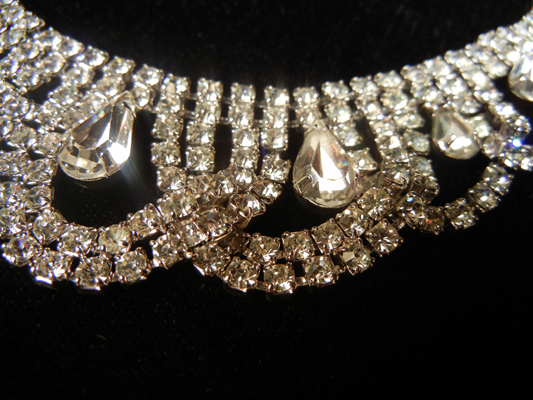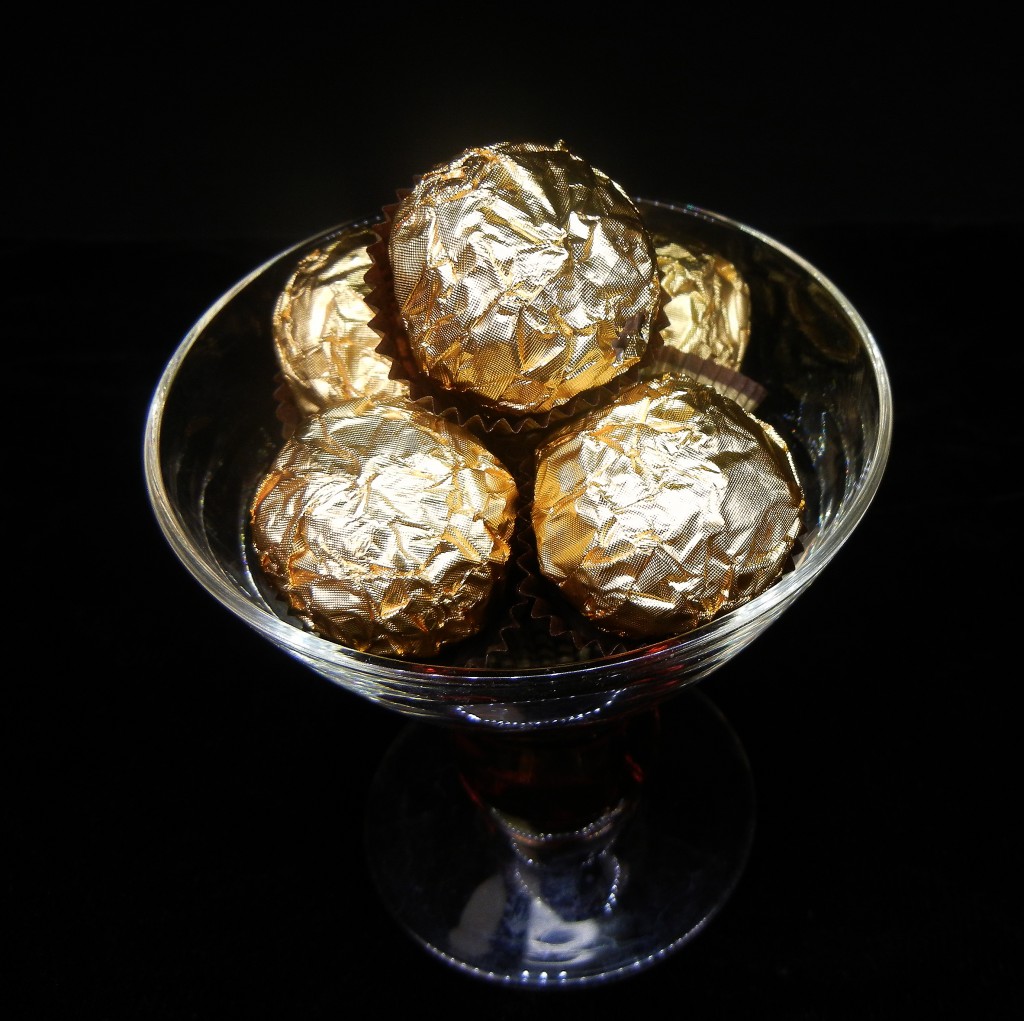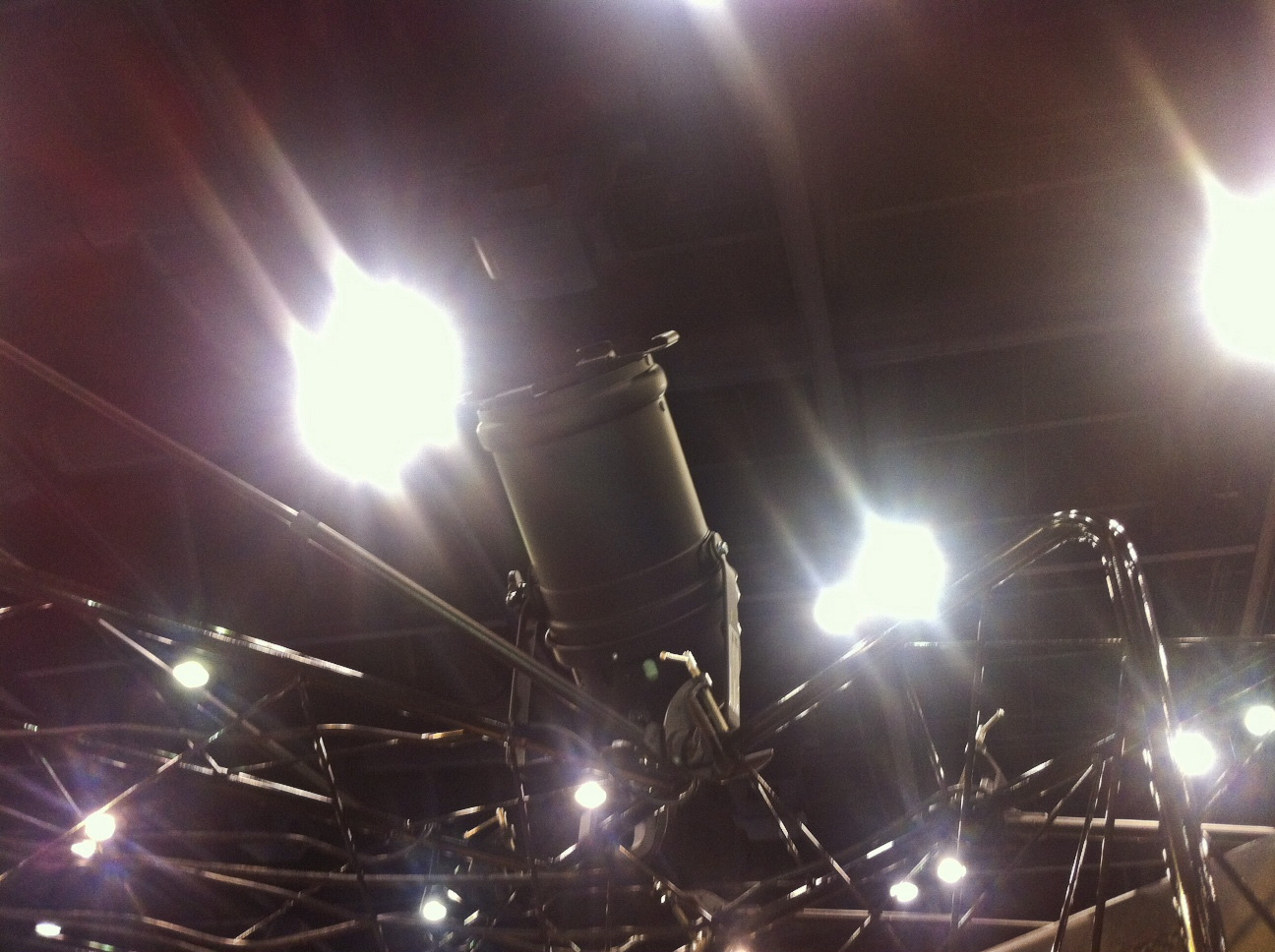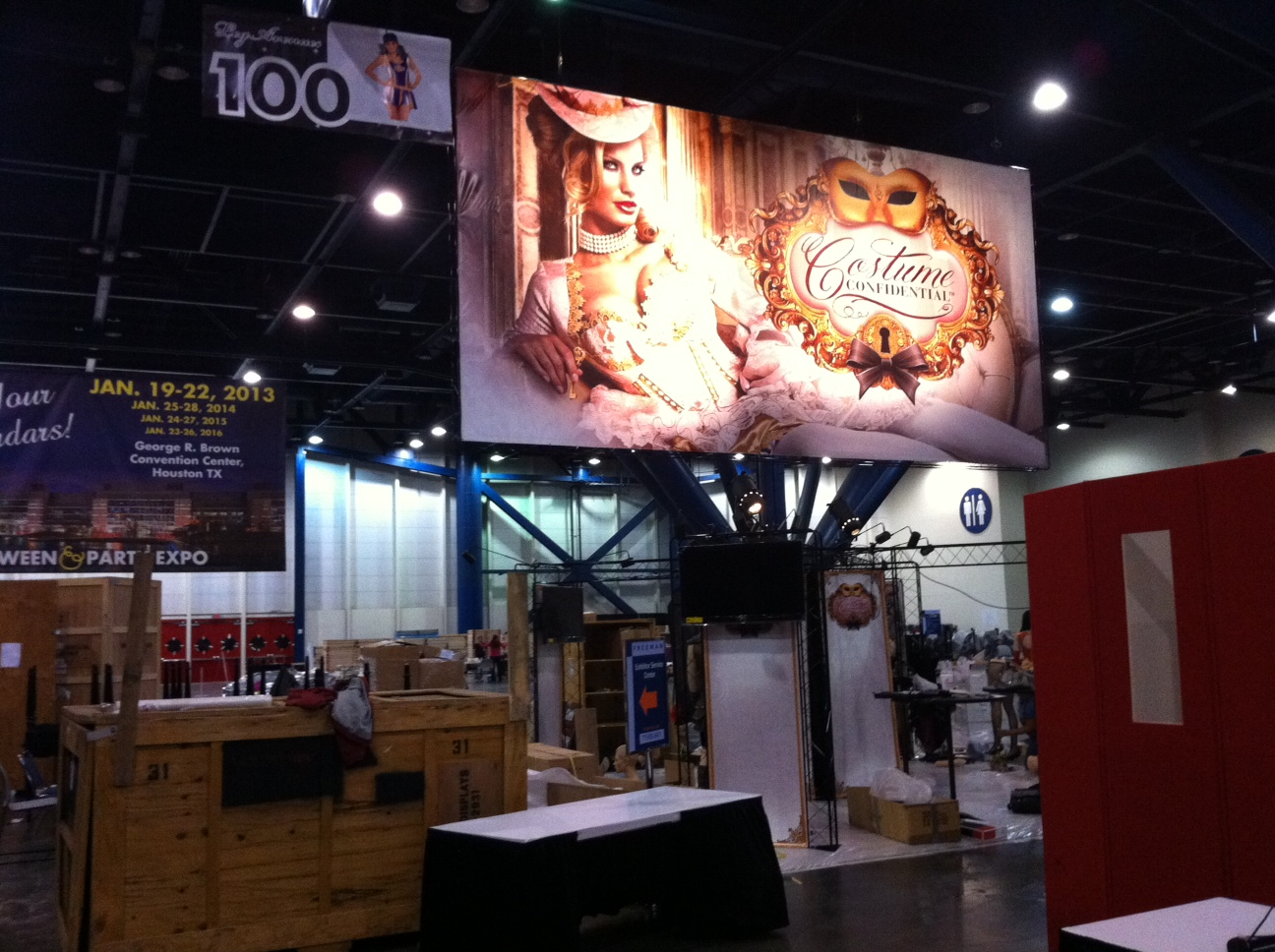
Specular lighting is a reflective light which causes highlights upon the object(s) it is lighting-that bright spot that you see on the object from the reflective light is what is known as specular light.
OK, so now you are asking me, "why is this important to me?". You might not care about the fact that specular lighting falls off of the surface faster than diffused lighting (as my son used to say when he was a teenager, "who cares, mom?"). But, you will want to know that it does add significant detail to the object. Whether or not your application has to do with retail, design, or just making your living space look better, this is certainly relevant information (if it isn't, it should be!). Even in computer graphics, using the principles of specular lighting is important because it "provides a strong visual cue for the shape of an object and its location with respect to light sources in the scene" (Wikipedia). If specular lighting principles were not used in computer graphic design the images would appear to be very flat, lacking detail and dimension.
Hold on to that thought.
Now, take it and apply it to real life surroundings. A good way to illustrate specular is to point out examples of what isn't specular lighting. Diffused light sources are NOT specular. Take the image of the sparkly necklace pictured above. If it were lit with diffused light source, it would not have the depth, dimension and more importantly (in this case), the SPARKLE that it has. There would be less detail because the light source does not give a good separation from the background to the foreground. So, if you wanted to light a room so that it had depth, detail, and drama, would you use a single light source such as an overhead fluorescent fixture? Absolutely not. Fluorescent light sources can never be specular-nor any other light bulb that is coated. Light bulbs that are coated create a diffused light-therefore the object that it is lighting will not have as much depth and detail. Any light bulb that is clear would be a specular light source. The sun is a specular light source (it is not diffused light unless it is very overcast).
Shadows are just important to good lighting just as much as the light source is. Shadows create depth. When viewing an object, the eye automatically goes to the brightest spot in the light field. Very much so like the effect a spotlight creates in theatrical lighting.
Pictured above is a dish of foil wrapped chocolate-notice how you can see all the details in the image (if you can't, then find your reading glasses and put them on, for heaven's sake!). The corrugated edges of the paper, all the folds and wrinkles in the foil, and the distinct edges of the glass-it is this depth and detail that I am referring to that a specular light source will yield when used properly. In this example, the image was lit with a very small lighting fixture: our LED under cabinet light strip.
So, if you want depth, detail, attention to what is being lit, go with a specular light source-which is any light bulb that does not have a coating on the glass. Be sure to check out our other blog articles for more helpful information and visit and subscribe to our You Tube Channel (which has even more helpful information than you could ever imagine). "Like' us on our Face Book page-which will help you keep track of what's new at Total Lighting Supply.
And, as always, we welcome your comments-we love hearing from you!



